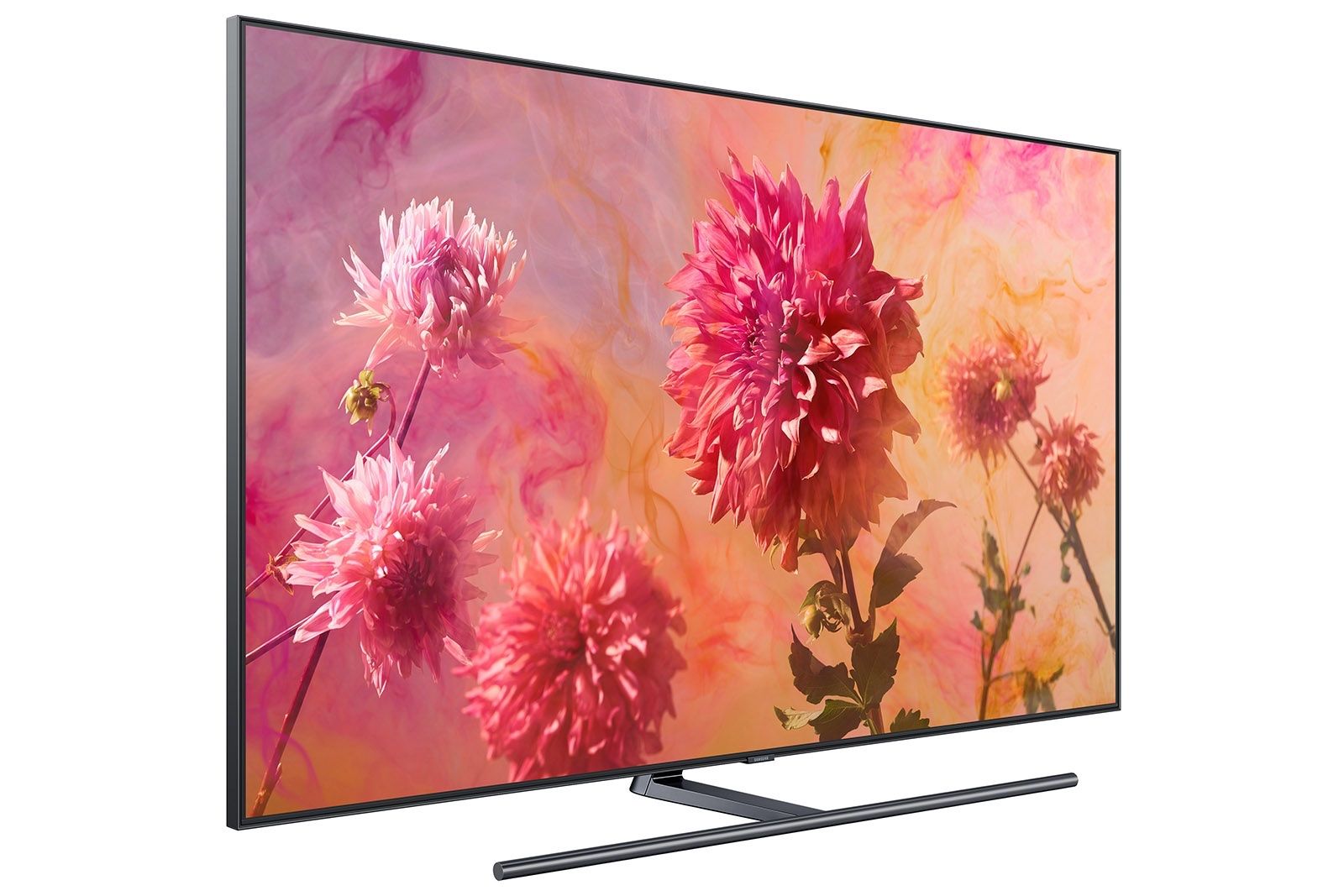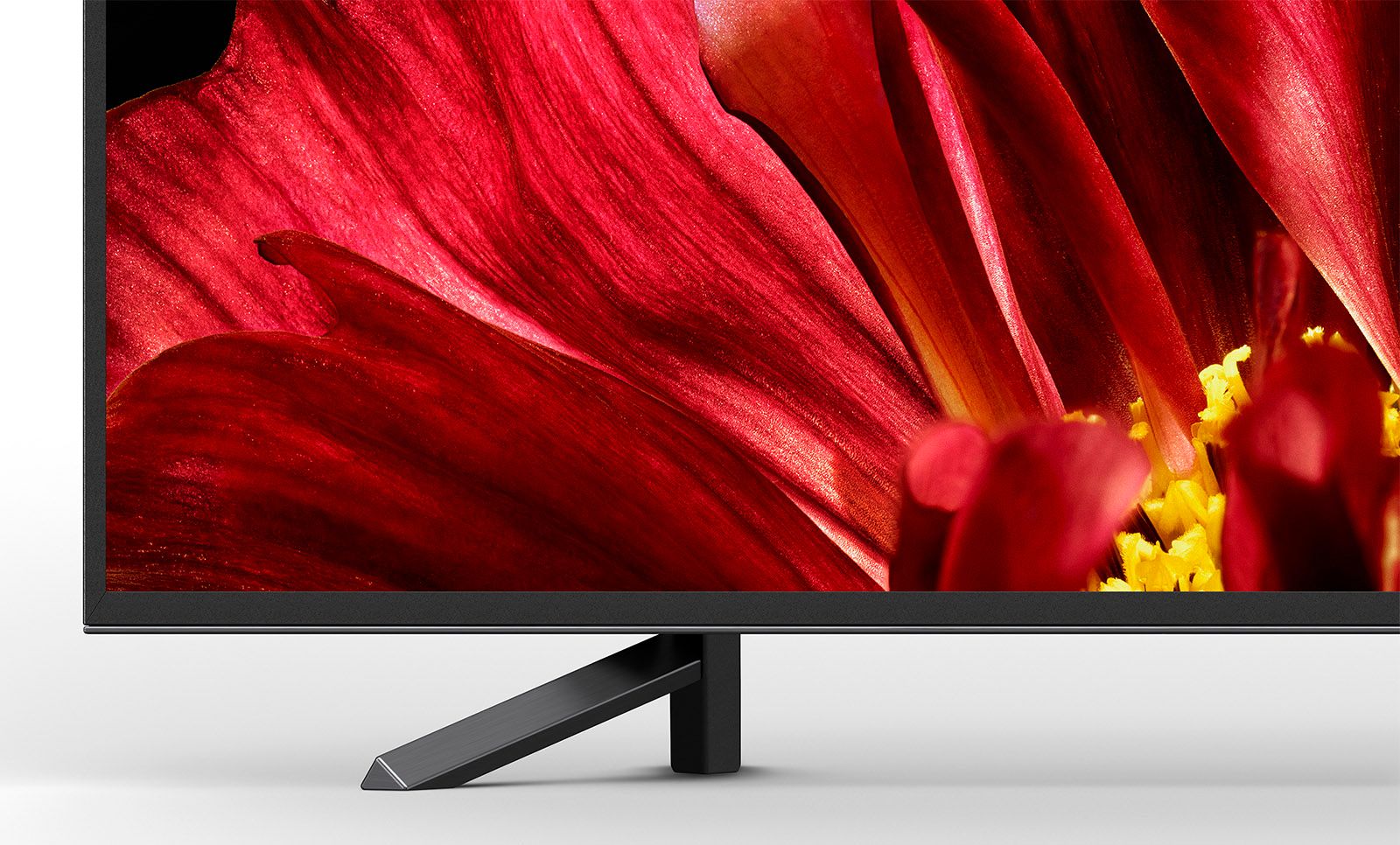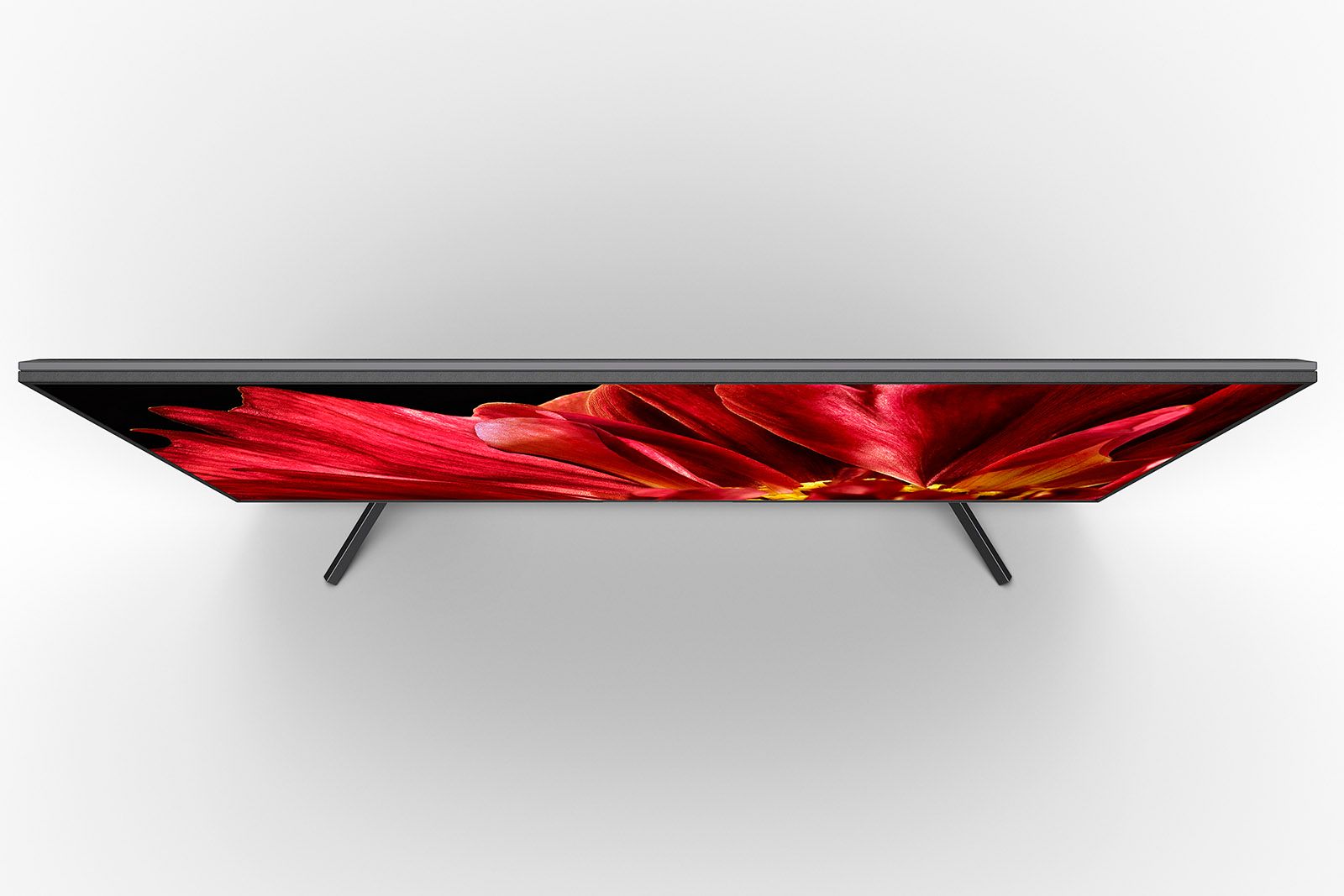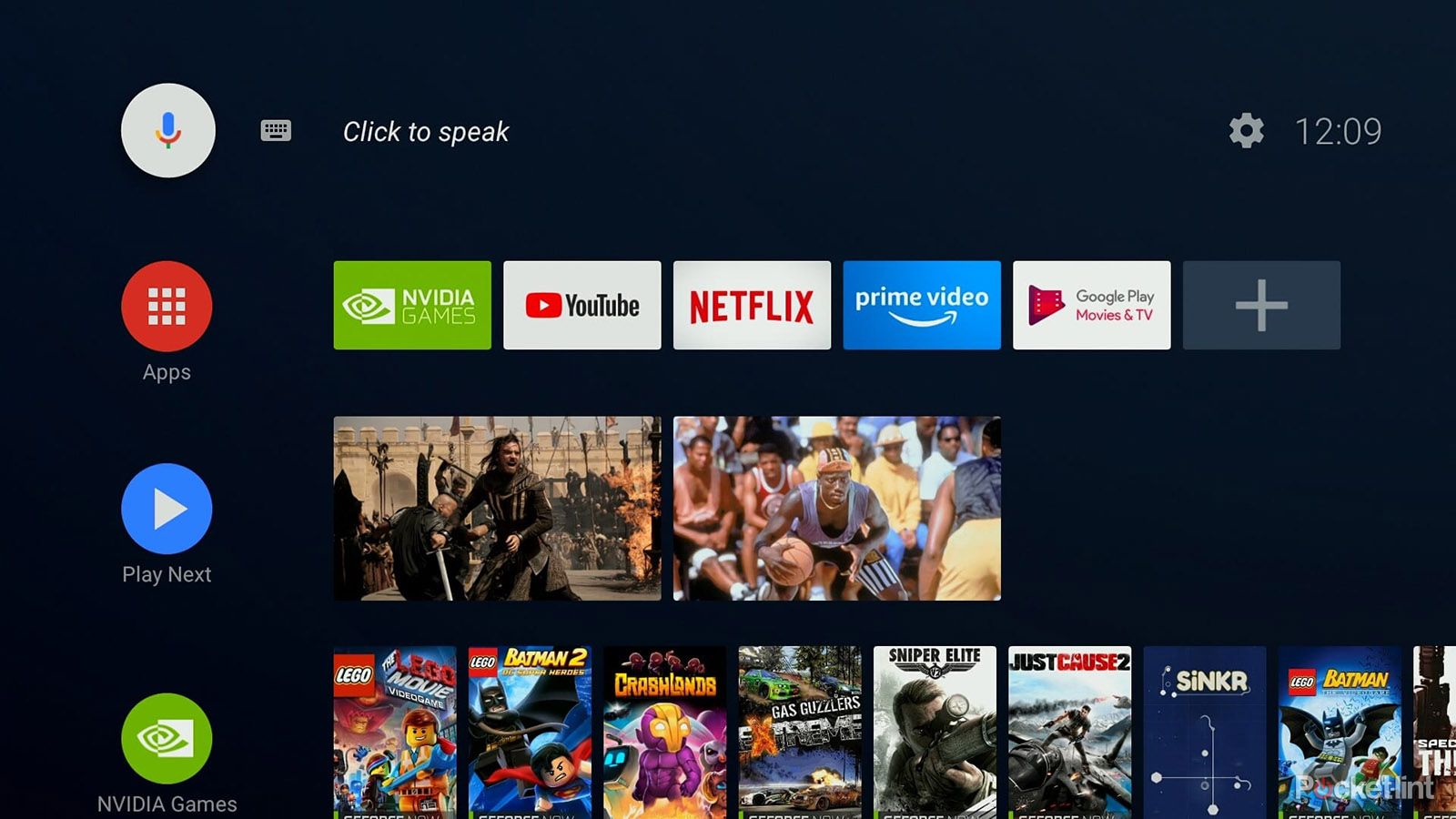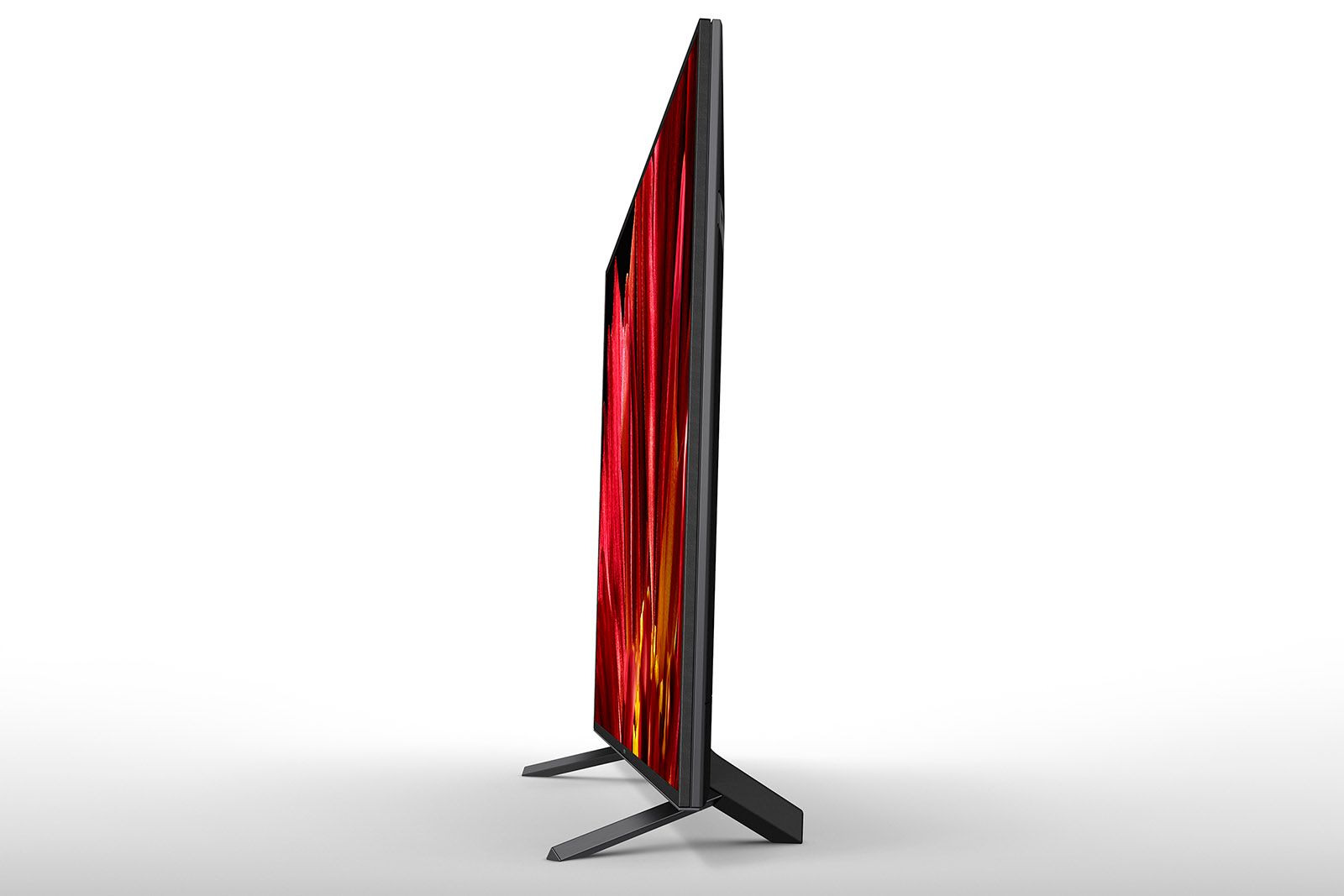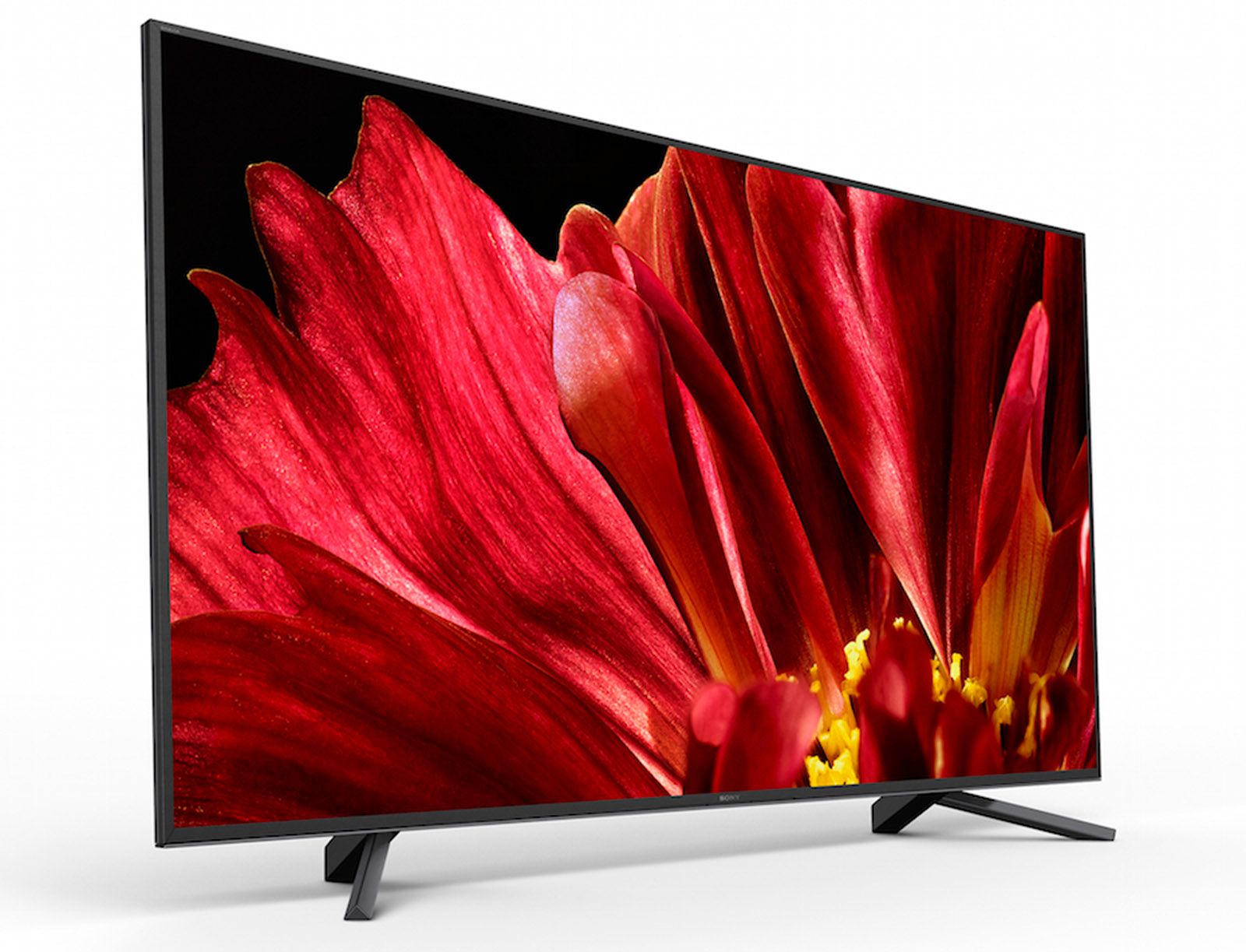Few TVs have been as eagerly awaited by AV fans as the Sony ZF9. After all, it's the successor to the ZD9, which is widely recognised as one of the greatest TVs ever made.
Sony has built on that heritage, too, by introducing innovative new wide-angle viewing technology into the ZF9, claiming that the new series' pictures have been designed to get much closer to the way images look in professional mastering studios.
It's also the first LCD TV we've seen to boast both Sony's new X1 Ultimate processor and the latest Oreo version of the Android TV smart platform. Add in a surprisingly affordable price and surely Sony has to be on to a winner, right?
Our quick take
Sony has done some remarkable things with the 65ZF9. The new X1 Ultimate processor is outstanding in most ways, working wonders on everything from colour to detail, motion and converting sub-4K sources to the TV's native 4K screen. The effective viewing angle is incredible for an LCD TV too.
It's just a shame that all this ground breaking work has to be searched for through a consistently intrusive layer of contrast limitations. It's this that detracts from the ZF9's otherwise stellar spec to excess – it's not the follow-up to the ZD9 that we'd been waiting for.
Alternatives to consider
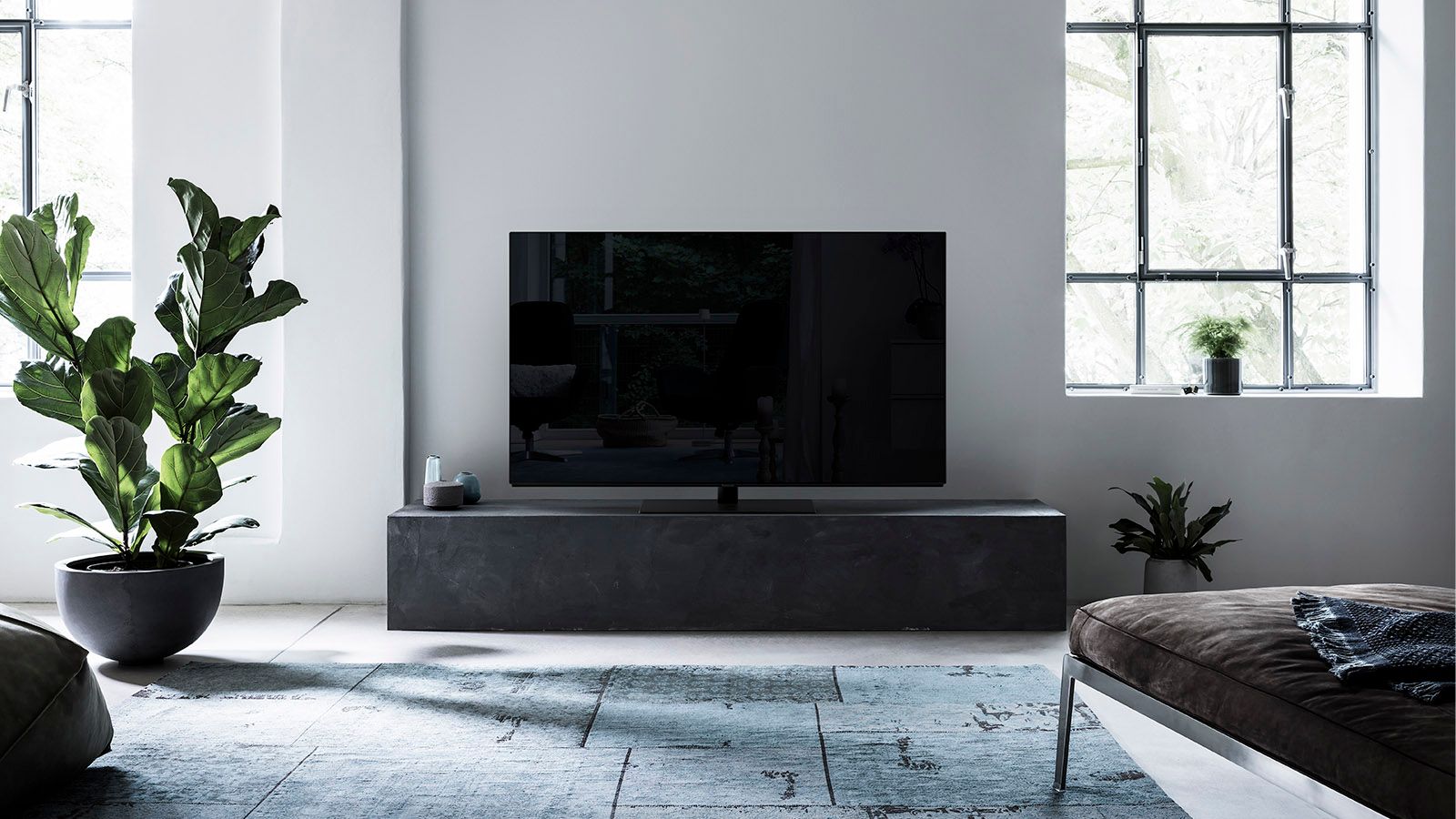
Panasonic FZ802
Panasonic FZ802 OLED TV
Developed with lots of input from Hollywood studios and creatives, the FZ802 OLED TV combines inky, consistent black levels with some of the most authentic and refined colour money can buy. It costs £400 more than the ZF9, though, and isn't nearly as bright. But its freedom from the ZF9's backlight problems means it delivers a more immersive, cinematic experience.
Samsung Q9FN
Samsung QE65Q9FN TV
With its huge light output and excellent contrast thanks to a 480-zone backlight dimming system, this Samsung model delivers peerless punch with HDR sources making it uniquely attractive for bright room environments but also a serious home cinema option. Currently the state of the art where LCD TVs are concerned.
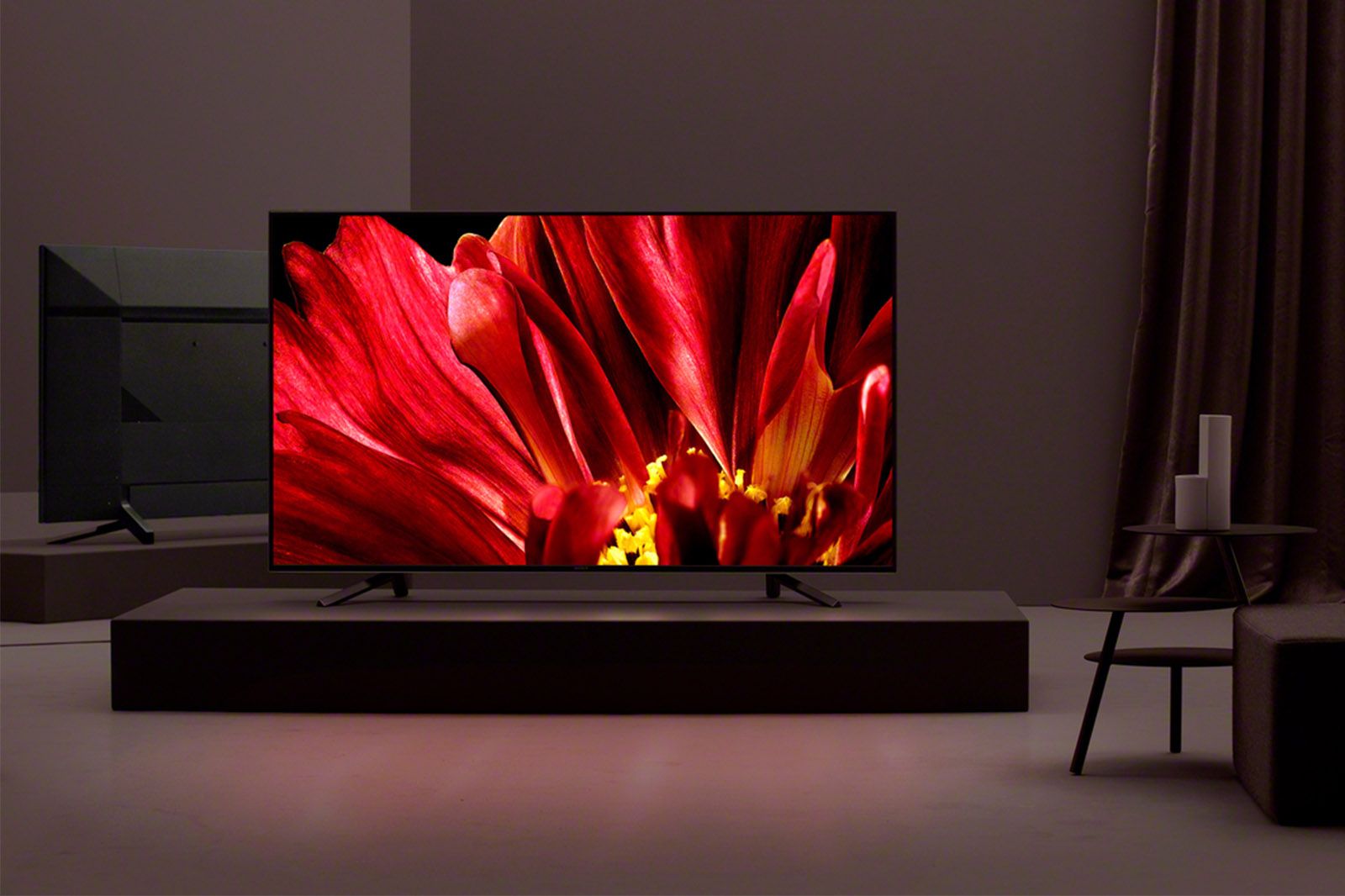
Sony ZF9 4K TV - 3.5 / 5
| FOR | AGAINST |
|---|---|
|
|
Sony ZF9 4K TV
Sony KD-65ZF9: Design
- 4x HDMI in (with eARC support for object-based sound throughput)
- 3x USB ports; LAN and Wi-Fi network options
The ZF9 isn't particularly glamorous by modern TV standards. Its frame is just a fairly straightforward black rectangle, and its rear sticks out more than most. The only unusual thing about its look is its pair of large, sharply angled, unintentionally comical silver feet.
The ZF9 is, though, very robustly built; its slightly chunky rear is excused by its use of a direct LED lighting system – where the LEDs sit directly behind the screen rather than around its edges – which is usually associated with superior picture quality.
Connections on the ZF9 include a pleasant surprise. All four of its HDMI ports are built to the current HDMI 2.0 standard, but they support a feature associated with the newer, recently ratified HDMI 2.1 standard: eARC support. This means the TV can pass full, uncompressed object-based sound formats (Dolby Atmos and DTS:X) to compatible external audio gear. Normal ARC functionality, by comparison, can only pass compressed Atmos or DTS:X.
All the HDMI ports can support 4K HDR pictures at up to 60 frames per second. Three USB ports provide multimedia playback and recording from the tuner, while Wi-Fi and Bluetooth are on hand for networked file playback. The Wi-Fi also permits streaming from any video streaming platforms Android TV supports.
Sony KD-65ZF9: Picture features
- HDR Support: HLG, HDR10, Dolby Vision
- Processing Engine: Sony X1 Ultimate
The ZF9 is, of course, a native 4K TV. It also supports high dynamic range (HDR) playback, in the standard HDR10, broadcast HLG and premium Dolby Vision flavours. There's no support for HDR10+ – but nor is there currently much HDR10+ content outside of Amazon (and currently no TV anywhere supports both Dolby Vision and HDR10+).
The really big selling points of the ZF9, though, are its new processor, wide viewing angle technology, and claims to track as closely as possible to the picture you get from Sony's widely used BVM-X300 professional studio mastering monitor (even though that monitor uses OLED rather than LCD technology).
The X1 Ultimate processor is far more powerful than anything Sony has achieved before on a consumer television. It drives improved algorithms and features aimed at improving almost very aspect of picture quality. For instance, there's a processing feature that can smooth away the colour striping artefacts you can get with HDR sources.
The X1 Ultimate processor drives a local dimming system, too, that sees different zones of the backlight pumping out different amounts of brightness at any given moment, according to the needs of the picture. The algorithms involved in this have apparently been completely reworked from anything Sony has used before.
The ZF9's X1 Ultimate processor also improves on its predecessor by supporting Sony's new X-Motion Clarity system. This combines the local dimming system with black frame insertion (BFI) technology to deliver more natural, movie-like motion without the picture dimming problem that BFI typically causes.
Sony has given convincing demonstrations, too, of how much the X1 Ultimate processor can improve both the upscaling of non-4K pictures and the upgrading to HDR of non-HDR pictures.
The ZF9's viewing angle innovation is based on a mysterious new optical design built into the many layers of the set's LCD panel, and really does enable the ZF9 to retain levels of colour saturation and contrast from much wider viewing angles than any previous LED TV. In fact, in most ways its viewing angle support genuinely rivals that of OLED TVs – in keeping with Sony's promise that the ZF9 has been designed to track the performance characteristics of Sony's own BVM-X300 professional OLED mastering monitor.
The 'as the director intended' aspect of the ZF9 is further bolstered by a unique Netflix Calibrated option. This sets the picture settings to reflect those used by Netflix content creators when they're mastering their series and movies.
There is some potentially negative news to go alongside all the promising stuff, though. Namely that the ZF9 uses far fewer local dimming zones than the 600 plus used by the ZD9. In fact, so far as we can tell, it uses less than 100. Let's hope that the claimed improvements to the ZF9's dimming processing algorithms can compensate for this pretty drastic dimming zone reduction.
Sony KD-65ZF9: Smart features
- Smart system: Android Oreo, YouView
Android TV doesn't have a great history. Previous versions have tended to run sluggishly behind a fairly dated looking and cumbersome interface. They've been pretty bad, too, at prioritising the sort of content TV owners most want to watch (video streaming services, basically).
The new Oreo version is quite a bit better. Its interface looks cleaner and crisper, with a better layout, although it's a shame the home screen still takes over the whole screen. It runs much more slickly than any other Android TV system too – gone are the previous regular pauses and general sluggishness. It's also less buggy than previous versions, with more prioritisation given to key video streaming platforms.
Android has long-standing and still unresolved issues with carrying the catch-up apps for some of the UK's terrestrial broadcaster platforms. However, Sony has got round this by equipping the ZF9 with a YouView app. This might sound like an unwelcome confusion, but the way YouView combines catch-up TV with current and future programming in a simple electronic programme guide (EPG) format is really straightforward.
As you would hope, Android Oreo supports big-hitters such as Netflix, YouTube and Amazon Video. Though it still gives a little more prominence than it perhaps should to much less useful (on TVs) apps such as games and infotainment sources.
Sony KD-65ZF9: Picture quality
So is the ZF9 the new gold standard for TV picture quality? Sadly not. Unfortunately, while it really is outstanding in some areas, it's let down by a single but substantial problem: unexpectedly drab black levels.
Watch a dark scene on the ZF9, especially in HDR, and everything that should look black instead looks distinctly grey. Especially if a mostly dark HDR scene contains some bright areas.
What's more, as feared from the greatly reduced local dimming zone count, standout bright objects appear with quite a bit of blooming (rings of surplus light) around them. This can be pretty pronounced, to the point they stretch a good few centimetres from the bright object.
There's more generalised instability in the picture, too, if you use the ZF9's local dimming system (which you really have to given the amount of greyness that overwhelms the picture if you don't). This can see quite large chunks of dark pictures exhibiting distracting shifting brightness levels as the TV tries to respond to local light level changes in whatever you're watching.
The haloing and backlight instability can sometimes creep into the black bars that appear above and below 2.4:1/2.39:1 movies, at which point it becomes even more distracting. Especially if you're watching something where bright objects are moving around in the frame, causing the light bleed in the black bars to continually shift around.
This would all be surprising to find on any flagship LCD TV. But it's even more unexpected on the successor to a TV that previously delivered some of the deepest black levels and most minimal blooming of any LCD set ever released.
Quite why the ZF9 has gone this way isn't entirely clear. It could be an unfortunate side effect of the new optical system introduced to deliver the unprecedentedly wide viewing angle. It could be a repercussion of Sony's stated aim of getting the ZF9's shadow detailing and colour tones closer to those of the BVM-X300 OLED mastering monitor (though that monitor also delivers outstanding black levels). Or maybe it's simply a result of Sony trying to make its new flagship LCD TV much cheaper than the ZD9.
The saddest thing about the ZF9's impossible-to-ignore black level/backlight control issues is that in pretty much every other picture way, this is an outstanding TV.
Detail levels, for instance, are phenomenal. This applies to both native 4K and upscaled HD sources. In fact, the upscaling is arguably the best seen on a 4K TV to date for the way it adds not just detail but also beautifully judged colour finesse. All while doing a near-perfect job of removing source noise without making the image look processed or unnaturally smooth. Sony has always excelled at upscaling. But the X1 Ultimate processor takes things to another level.
Colours also look mostly fantastic. Natural, rich, immaculately balanced, and so full of tonal subtlety that it helps pictures look remarkably three-dimensional. Even though, as with all TVs these days, there's no actual 3D support.
The colour performance can take a hit in areas where the backlight blooming affects the picture, as the light leakage can slightly bleach tones. But this is the backlight's issue: the set's native colour performance is pretty much immaculate.
The ZF9's motion performance is also as good as it gets. Whether you're watching 24p or 50/60Hz, this telly is able to present it with nothing but natural judder, and pretty much zero blur. X-Motion Clarity continues to look like the current state of the art where LCD motion performance is concerned.
The viewing angle does as promised, enabling you to watch the ZF9 from almost right angles with no significant drop in colour saturation or contrast. There is a rider to this, in that the blooming around bright objects issue becomes more exaggerated the wider your viewing angle gets, but for the most part Sony can truly claim to be the first brand to solve one of LCD technology's biggest problems.
Another weapon in the ZF9's arsenal is its brightness. In its standard mode it can output around 1250 nits – almost double what you can get from Sony's OLED TVs. This helps bright HDR scenes blaze off the screen.
Moreover, the high brightness has been partnered with better tone mapping management in the brightest parts of HDR pictures. This results in more detail and tonal refinement than you got in such peak light areas on the otherwise stellar ZD9.
The Vivid and, more surprisingly, Cinema presets push the brightness even more – up to 1650 nits. Though the downside to this is that it makes the black level and backlight issues even more obvious.
The Netflix Calibrated mode is interesting. Its main effects with HDR sources are to slightly reduce brightness and colour saturation, in return for a slightly less impactful but more refined looking picture. With SDR sources it turns off all of the TV's SDR to HDR processing – meaning that pictures look far darker, but also refined and balanced. The harsh reality of typical day-to-day viewing conditions means the Netflix Calibrated approach may not suit everyone. But it's an interesting move by Sony, and one that ZF9 owners should at least experiment with.
If you're a gamer you'll be pretty excited to hear that in its game mode, the ZF9 suffers with only around 18ms of input lag. This is one of the fastest reaction times the TV industry has to offer, and could hand gamers a genuine advantage. Though don't forget that the set's issues with black levels don't do dark games any favours.
Sony KD-65ZF9: Sound
The ZF9's sound is pretty strong. It's lively, full of subtle details and widely dispersed around the room. Vocals remain clear even against dense back mixes, and there's no shrillness to high voices, nor boxiness or boominess to deep voices.
Bass levels don't go exceptionally low, but what there is of it is delivered with enough force and clarity to sound convincing rather than like some separate entity hanging off the bottom of the mid range.
Televisions with front-facing speakers can sound a bit more dynamic and aggressive, while speech sometimes sounds like its emerging from slightly below the picture. For the most part, though, the ZF9's sound is good enough to make adding an external sound system more of a future upgrade option than a flat-out necessity.
Sony ZF9 4K TV
To recap
Sony has solved the LCD conundrum of wide viewing angle issues. Which is incredible. Yet, sadly, the ZF9 has issues with black levels that make it not as impressive as its ZD9 predecessor.

